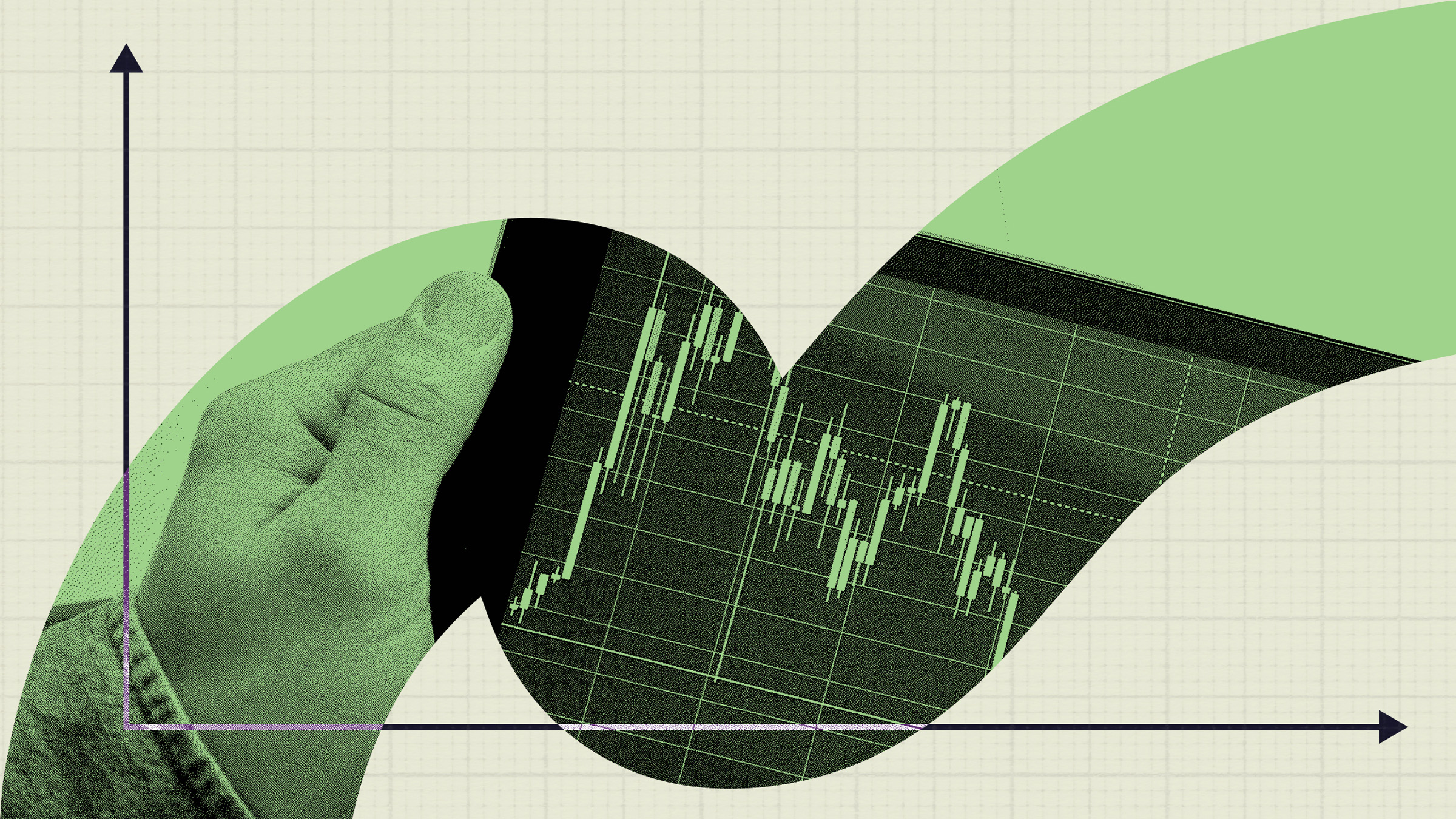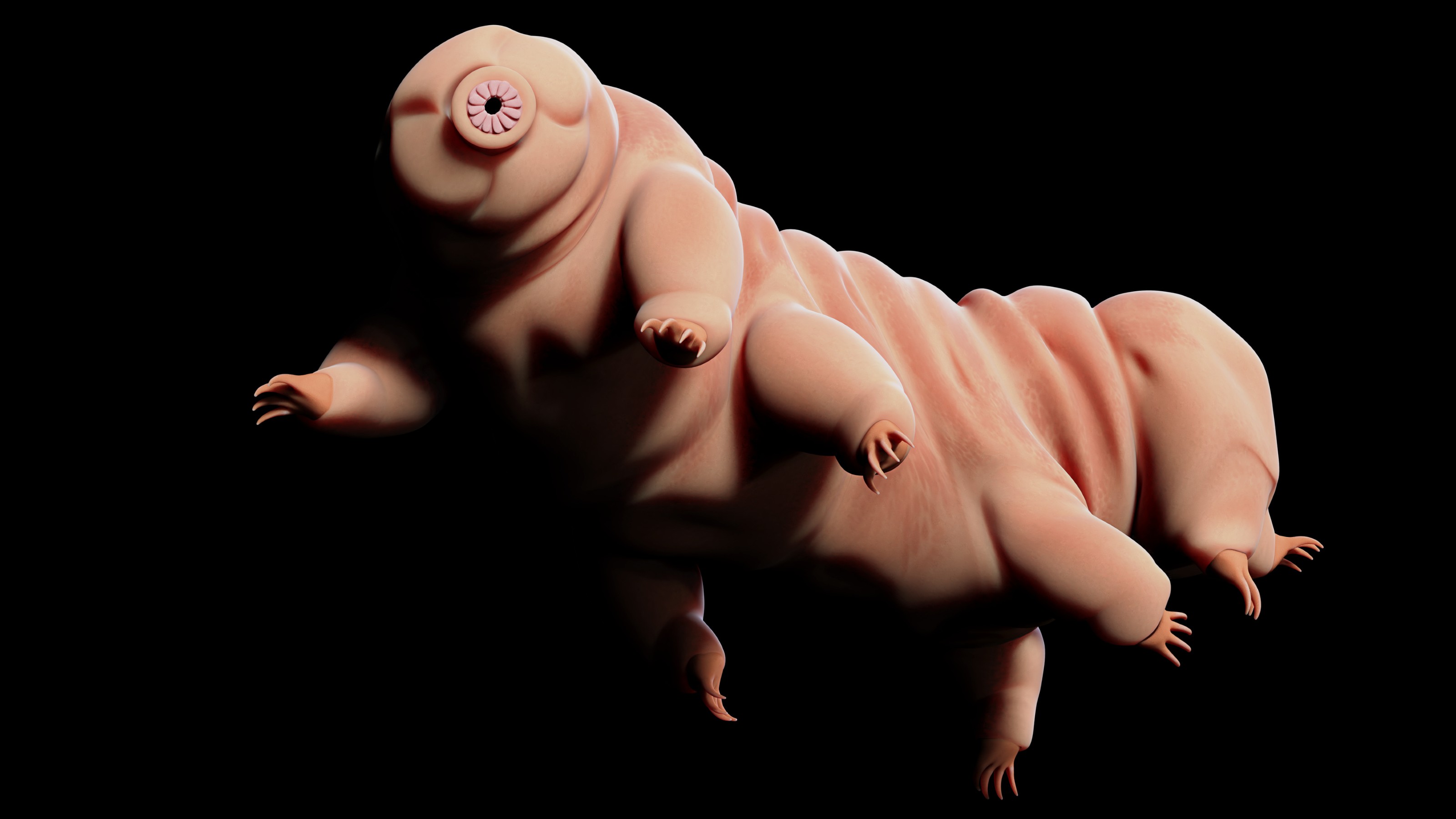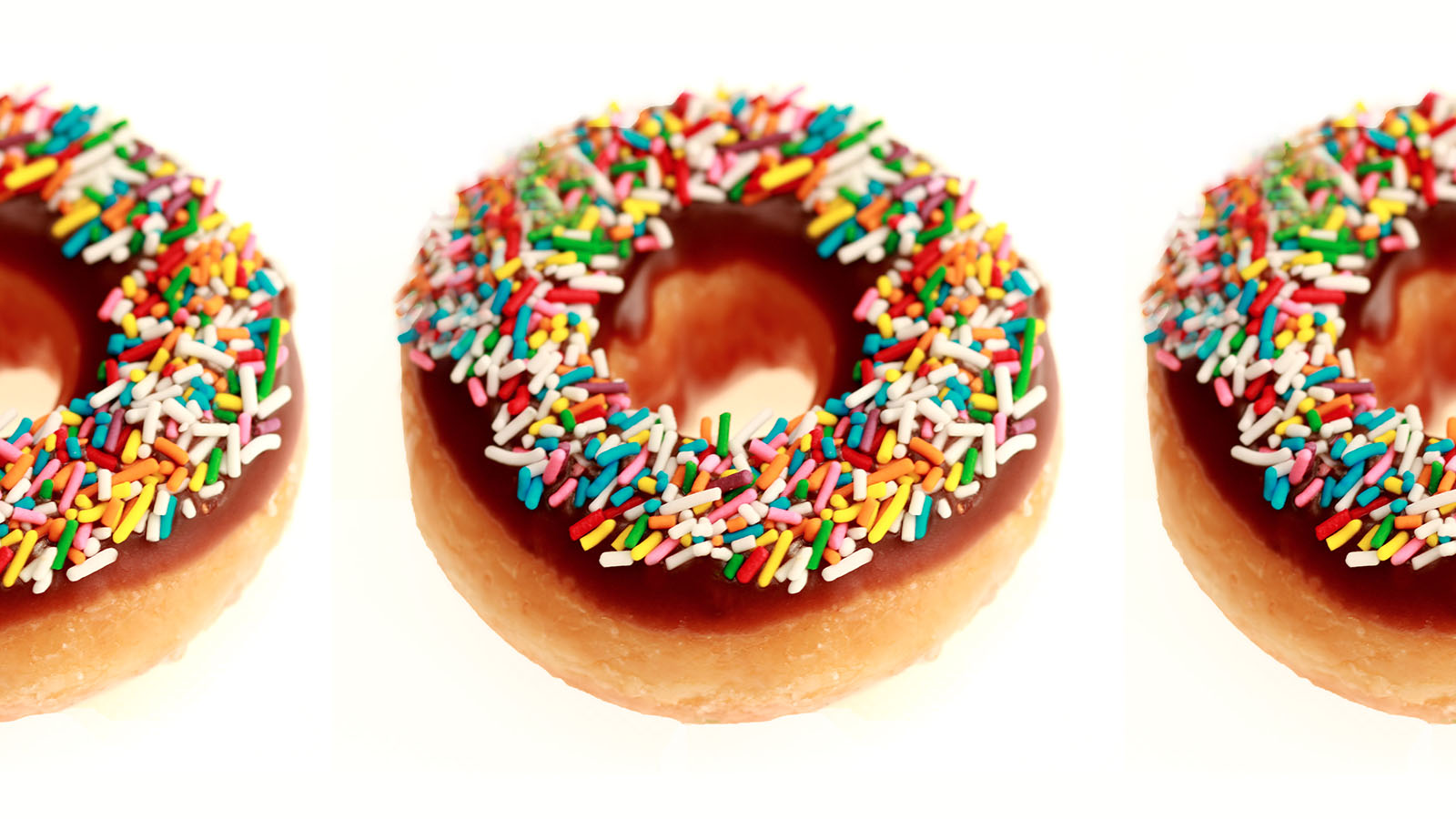It took far more than that, Copeland says.
Question: Does it take sleek packaging for us to pay attention to the environment?
Copeland: Well I mean first of all we would have to both agree on the fact that that’s what it took. And I might at least qualify that in my opinion, all the while “Inconvenient Truth” was a tremendous vehicle in promoting a message of awareness, “Inconvenient Truth” would not have happened had it not been for Katrina, and for an increased occurrence of natural disasters which scientists, you know, allocated to a changing climate. So I wouldn’t say that the . . . I mean for me it’s not a sleek packaging because all the hurricanes that hit us in Florida and of course in Louisiana were not sleek packages at all. Those were tremendous natural disasters. And what it took was a natural disasters of . . . a natural disaster of such proportion as Katrina for us to take notice. And this is what paved the way to “Inconvenient Truth”. And “Inconvenient Truth” essentially said, well this happened. Let me take a moment and explain to you why this happened. And this became a message of, you know . . . This was a mode of communication. And then beyond that we all of a sudden came out of the tree hugging business, and people started accepting that environmental science is a science and not an ideal. Recorded on: 12/3/07





